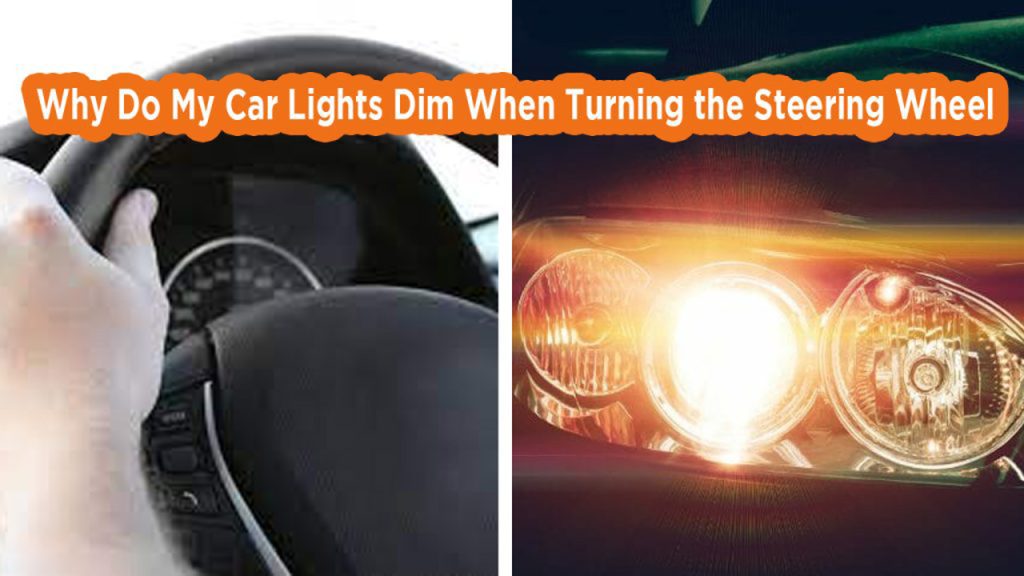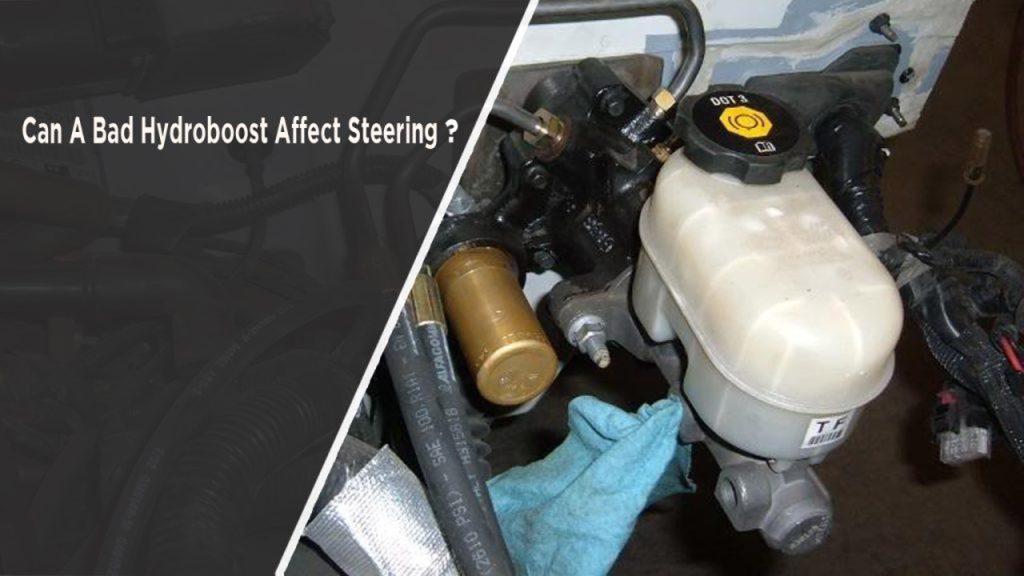Have you ever noticed your car’s headlights or dashboard lights dimming slightly when you turn the steering wheel? At first, it might seem like a minor inconvenience, but it’s worth investigating. As someone who has experienced this issue firsthand, I understand how frustrating it can be. Thankfully, there’s a logical explanation for it, and the fix might be easier than you think.

We’ll explore why your car lights dim during steering, break down the most common causes, and go over how to resolve the issue. By the end, you’ll know what steps to take to keep your lights shining bright, even when turning the wheel.
Relationship Between Power Steering and Electrical Systems
To understand why your car lights dim, it’s essential to know how the power steering and electrical systems interact. Modern vehicles rely heavily on electrical power to operate various components, including lights, power steering, and more.
When you turn the steering wheel, the power steering pump (in hydraulic systems) or the electric power steering (EPS) motor requires additional energy to assist the steering process. This extra demand puts a strain on the vehicle’s electrical system, which can cause a temporary voltage drop and make your lights dim.
Common Causes of Dimming Lights When Steering
There’s no one-size-fits-all answer, as several factors can contribute to this issue. Let’s dive into the most common causesIncreased Power Steering Load
When you turn the steering wheel, the power steering pump or EPS motor needs more energy to help you steer. This extra load can momentarily reduce the voltage available to other electrical components, like your lights.
Hydraulic Power Steering: A belt-driven power steering pump uses energy from the engine, which in turn increases the alternator’s load, causing a slight voltage drop.
Electric Power Steering (EPS): EPS systems draw electricity directly from the battery, which can momentarily reduce power to the lights.
Weak or Failing Battery
Your car’s battery is responsible for supplying electricity to all electrical components. If the battery is weak or nearing the end of its lifespan, it may struggle to provide sufficient power during high-demand situations, like steering.
- Signs of a weak battery include slow engine cranking, dim interior lights, and frequent jump starts.
- A weak battery can exacerbate dimming issues, especially when paired with an older or overloaded alternator.
Alternator Problems
The alternator is responsible for generating electricity to power your vehicle’s electrical systems and charge the battery. If the alternator isn’t functioning correctly, it may not be able to supply enough power during periods of increased demand.
- Common signs of alternator issues include flickering lights, a whining noise, and a warning light on the dashboard.
- An alternator that struggles under load is often the primary cause of dimming lights.
Faulty Voltage Regulator
The voltage regulator ensures a steady flow of electricity to all components, regardless of changes in demand. If the regulator is malfunctioning, it might allow voltage fluctuations that cause your lights to dim when turning the steering wheel.
Loose or Corroded Electrical Connections
Poor connections in the electrical system can create resistance, leading to voltage drops. This issue becomes more apparent during high-demand situations, such as steering or using other power-hungry systems.
- Check the battery terminals for corrosion.
- Inspect the ground connections for looseness or rust.
Overloaded Electrical System
If your car is equipped with aftermarket accessories like powerful audio systems, extra lighting, or other high-demand electronics, the electrical system might be overloaded. This extra demand can cause voltage drops when the steering system draws additional power.
Diagnosing the Problem
If you’re dealing with dimming lights when turning the wheel, here’s how you can pinpoint the issue:
Check the Battery: Use a multimeter to measure the battery voltage. A healthy battery should read around 12.6 volts when the engine is off and 13.7-14.7 volts when running.
Inspect the Alternator: Perform a charging system test to ensure the alternator is producing sufficient power. Most auto parts stores offer free alternator testing.
Examine Electrical Connections: Look for loose, corroded, or damaged wires and terminals.
Test the Power Steering System: For hydraulic systems, check the fluid level and look for leaks. For EPS systems, ensure the motor is functioning correctly.
How to Fix Dimming Lights
Once you’ve identified the cause, it’s time to fix the issue. Here are some practical solutions:
Upgrade or Replace the Battery
If your battery is weak or old, replacing it can resolve the dimming issue. Consider upgrading to a higher-capacity battery if you have additional electrical accessories installed.
Repair or Replace the Alternator
A failing alternator might need repairs or a complete replacement. Upgrading to a high-output alternator can help if your vehicle has an overloaded electrical system.
Clean and Tighten Electrical Connections
Ensure all battery terminals and ground connections are clean and secure. Use a wire brush to remove corrosion and tighten loose connections.
Reduce Electrical Load
If you have aftermarket accessories, consider reducing their usage or upgrading the electrical system to handle the increased demand.
Inspect and Maintain the Power Steering System
For hydraulic systems, keep the power steering fluid at the proper level and fix any leaks. For EPS systems, ensure the motor and associated components are in good condition.
Preventing Future Issues
To avoid dealing with dimming lights in the future, follow these maintenance tips:
- Regularly Test Your Battery and Alternator: Stay proactive by checking your charging system during routine maintenance.
- Keep Electrical Connections Clean: Periodically inspect and clean battery terminals and ground connections.
- Use High-Quality Components: Invest in a high-quality battery and alternator for better performance and reliability.
- Monitor Aftermarket Accessories: Avoid overloading your electrical system with too many add-ons.
Conclusion
Having your car lights dim when turning the steering wheel might seem like a small issue, but it can be a sign of underlying electrical or mechanical problems. From a weak battery to alternator issues, there are several potential causes. The good news is that most of these problems are easy to diagnose and fix with a little effort or the help of a professional.
From my own experience, staying on top of regular maintenance can save you a lot of headaches down the road. If you notice dimming lights, don’t ignore it—it’s always better to address the problem early before it leads to more significant issues.
FAQs
Why do my car lights flicker instead of dimming?
Flickering lights are often caused by loose connections, a failing alternator, or a faulty voltage regulator.
Is it normal for lights to dim slightly when using power steering?
A slight dimming can be normal, especially in older vehicles, as the power steering system places additional demand on the electrical system.
Can a weak battery damage my alternator?
Yes, a weak battery can overwork the alternator, leading to premature wear or failure.
How much does it cost to replace an alternator?
Replacing an alternator typically costs between $300 and $800, depending on the vehicle make and model.
How long does a car battery usually last?
On average, a car battery lasts 3-5 years, but this can vary depending on usage and maintenance.


